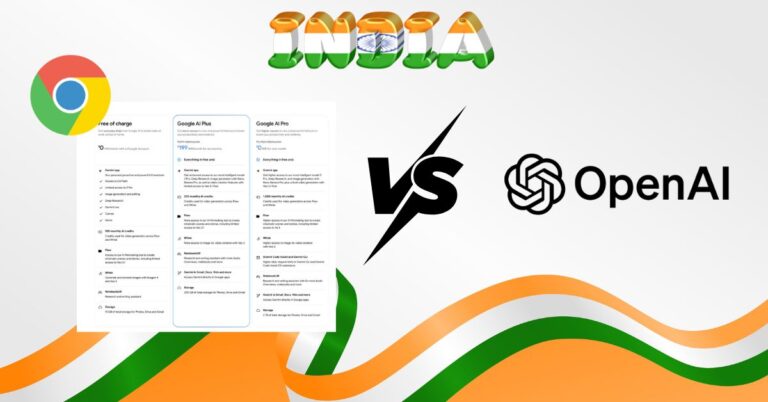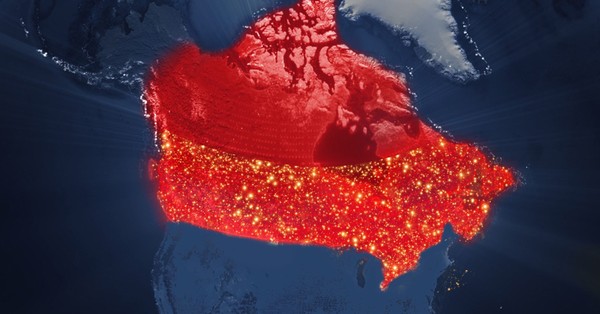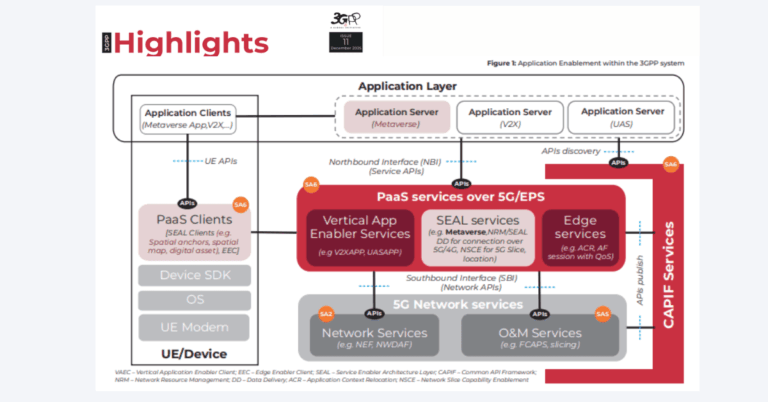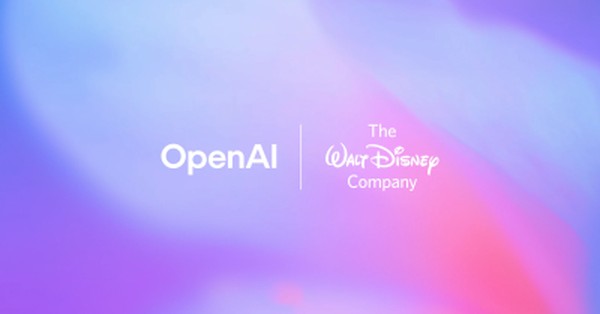The 184th episode of The G2 on 5G podcast, hosted by industry analysts Will Townsend and Anshel Sag, serves as a rich source of analysis and insight into the rapidly evolving 5G landscape. This episode, in particular, touches upon critical developments that are shaping the future of 5G technology, its applications, and its impact on businesses and consumers alike. Here’s an expanded look at the key topics discussed:
Expanding the Horizons of Rural Connectivity: Open RAN and the FCC’s $9 Billion Initiative
The discussion surrounding the FCC’s $9 billion 5G Fund highlights a pivotal moment for rural connectivity in the United States. The fund is aimed at bridging the digital divide by accelerating 5G deployment in rural areas, which have traditionally lagged behind in accessing high-speed internet. The debate on whether Open RAN should be a mandatory criterion for accessing these funds brings to light the potential of Open RAN to disrupt the status quo. Open RAN, by its design, promotes interoperability and competition, potentially lowering the costs of deployment and operation. However, the divided opinions on its mandatory inclusion reflect a broader dialogue on innovation versus implementation pragmatism. This conversation is crucial for understanding how policy can best support technological advancement while ensuring the broadest and most equitable benefits from 5G technology.
Redefining Broadband: The FCC’s New Speed Benchmarks and Their Impact on 5G FWA
The FCC’s updated broadband speed definitions to 100/20 Mbps down/up have significant implications for the deployment and perception of 5G Fixed Wireless Access (FWA) as a viable broadband alternative. This move is not merely administrative; it reflects the growing demands of digital life, from telecommuting to streaming and beyond. For 5G FWA providers, these new benchmarks serve as a clarion call to enhance their networks, ensuring they are not only competitive but also capable of delivering a superior service that aligns with what is now officially considered broadband. This redefinition may accelerate the adoption of 5G FWA, especially in areas underserved by traditional broadband, marking a critical step towards universal high-speed internet access.
AI-Driven Business Communications: The Strategic Partnership Between T-Mobile and Dialpad
The extension of the partnership between T-Mobile and Dialpad underscores the transformative potential of integrating AI with business communications in a 5G world. AI Recaps, a feature born from this collaboration, exemplifies how AI can streamline and enhance the efficiency of virtual meetings, a tool that has become indispensable in the modern remote work environment. The mention of 5G VoNR (Voice over New Radio) in this context opens up fascinating possibilities for even greater enhancements in communication quality and reliability, suggesting a future where AI and 5G together could redefine business communication standards.
Pioneering the Future of Connectivity: FCC Approves Direct-to-Device 5G NTN Services
The FCC’s unanimous approval for direct-to-device 5G NTN services marks a watershed moment for global connectivity. This regulatory green light paves the way for utilizing satellite technology to extend 5G’s reach, potentially transforming access in remote and underserved areas. This development not only speaks to 5G’s technological versatility but also underscores a commitment to universal connectivity as a foundational goal. The emphasis on minimizing interference with terrestrial networks highlights the delicate balance between innovation and maintaining the integrity of existing services, a crucial consideration as we venture into this new frontier of connectivity.
Nokia and Eurofiber: Charting a New Course for Private 5G Networks
Nokia’s collaboration with Eurofiber could very well set the standard for the future deployment of private 5G networks. This partnership leverages the strengths of both entities: Nokia’s cutting-edge 5G technology and Eurofiber’s extensive fiber network. Together, they illustrate the potential of combining fiber and 5G technologies to offer tailored, high-performance network solutions. This model, emphasizing the critical role of backhaul provided by fiber, could inspire other service providers to explore similar synergies, potentially unlocking new markets and applications for private 5G networks.
Vodafone’s Strategic Divestitures: A Prelude to Transformation
Vodafone’s recent divestitures, including the sale of its Italian business to Swisscom, signal a significant strategic realignment. By liquidating substantial assets in established markets, Vodafone is not just optimizing its portfolio but also potentially amassing capital for future acquisitions or investments. This strategy suggests a forward-looking vision that might be aimed at repositioning Vodafone in the rapidly evolving telecommunications landscape. The implications of these moves could resonate far beyond Vodafone, influencing market dynamics, competitive strategies, and the broader trajectory of the telecom industry in the 5G era.
Each of these discussions from episode 184 of The G2 on 5G podcast underscores the multifaceted nature of the 5G evolution. From policy and infrastructure to innovation and strategic corporate moves, the episode provides a comprehensive look into the forces shaping the future of 5G and its impact across various sectors. As these developments unfold, they offer a glimpse into a future where connectivity, powered by 5G, transforms not just technology but society at large.









































